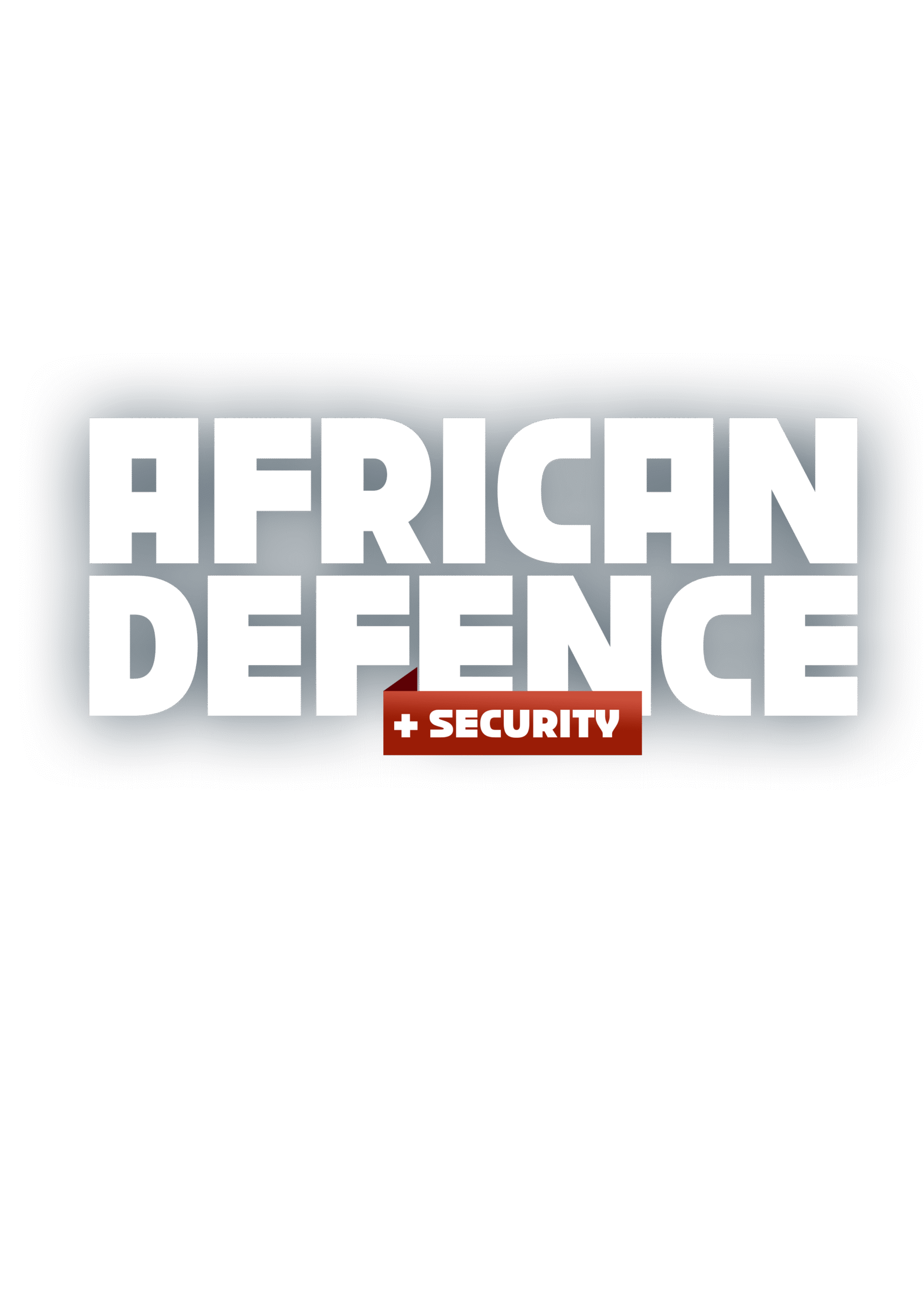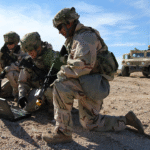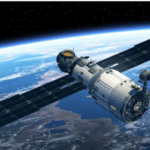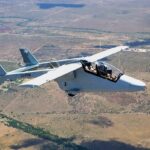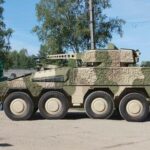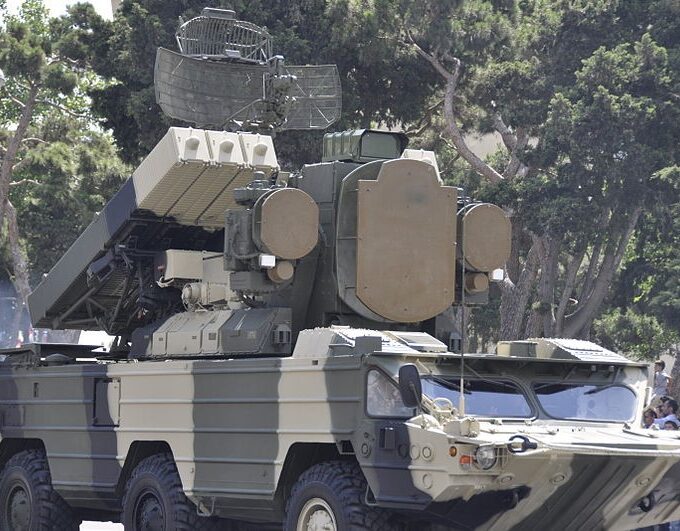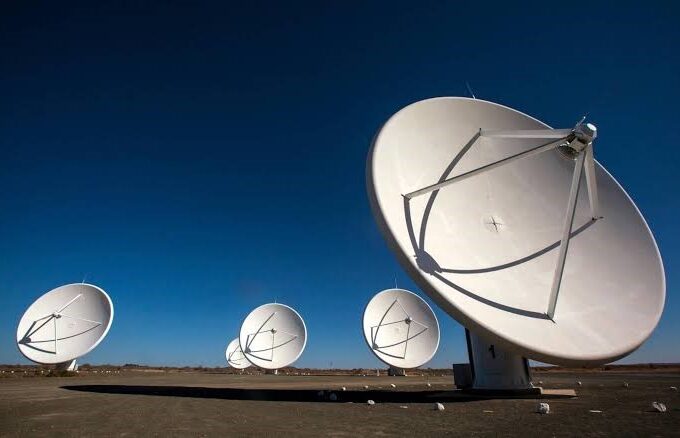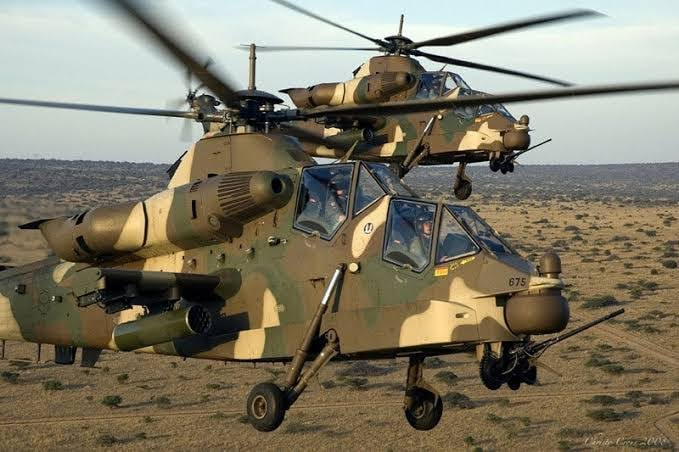Africa’s Air Defence Networks: A Patchwork of Systems or an Emerging Grid?
Africa stands at a crossroads in its air defence journey. The rising use of drones, missiles, and high-speed aerial threats make reactive, siloed defences obsolete. Yet progress is underway—from Algeria’s fortress air doctrine to Nigeria’s agile radar deployment, and Morocco’s multi-tiered acquisitions.
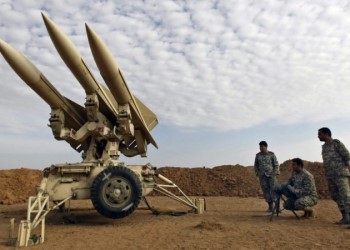
As Africa’s airspace becomes increasingly contested—by drones, fifth-generation aircraft, and long-range missile threats—the question of continental air defence has never been more urgent. With a surge in terrorist activities using drones, the presence of non-African military bases, and the threat of regional conflict spillovers, African nations are beginning to rethink their approach to air sovereignty and integrated defence.
Yet the current state of Africa’s air defence landscape presents a paradox: while several countries possess advanced systems, they remain isolated, uncoordinated, and often under-utilised. This raises a critical question—are African air defence capabilities a disjointed patchwork of legacy systems and imports, or do they represent the early contours of a coherent, continent-wide grid?
This article examines the air defence postures of key African powers, explores the regional dynamics of radar and missile coverage, and analyses the prospects—and obstacles—of building an integrated continental air defence network.
The Strategic Imperative for Air Defence
Africa’s air defence urgency stems from evolving threats:
• Unmanned Aerial Vehicles (UAVs): Both state and non-state actors increasingly deploy surveillance and armed drones, posing asymmetric threats that require fast detection and neutralisation.
• Proliferation of missile technology: The Libyan civil war, Ethiopian-Tigray conflict, and Red Sea tensions have demonstrated that ballistic and cruise missile threats are no longer theoretical.
• Regional instability: North Africa, the Horn, and the Sahel all feature highly volatile airspaces requiring coordinated monitoring and rapid response capabilities.
• Foreign military bases and air surveillance platforms: The presence of U.S., French, Russian, and Chinese bases across Africa has led to a rise in air surveillance activity, often without host nation operational control.
The National Anchors: Egypt, Algeria, and South Africa
Three countries anchor Africa’s air defence capabilities: Egypt, Algeria, and South Africa. Each has developed multi-layered systems and serves as a benchmark for air defence architecture on the continent.
Egypt: The Northern Shield
Egypt’s air defence command is arguably the most advanced in Africa. With extensive experience in layered defence from past wars and a large-scale military industrial base, Egypt fields:
• S-300VM (Antey-2500) systems acquired from Russia—capable of targeting aircraft, UAVs, and tactical ballistic missiles.
• Skyguard and Hawk systems from the U.S., supplemented by older Soviet platforms.
• Indigenous radar coverage network integrated with early warning systems and coastal defence batteries.
• The Egyptian Air Defence Forces (EADF) operates as a separate branch, enabling focused doctrine and resourcing.
Egypt has developed its own radar systems and C4ISR integration, enabling real-time command and control over its airspace. Its coverage extends deep into Sinai, across the Mediterranean coast, and to the Libyan frontier.
Algeria: A Fortress in the Maghreb
Algeria maintains the second most robust air defence structure on the continent, primarily based on Russian platforms.
• S-300PMU-2 Favorit systems, paired with Pantsir-S1 short-range air defence (SHORAD).
• Strong integration with Su-30MKA and MiG-29 fighters and over-the-horizon radars.
• Indigenous command and control capabilities.
• Well-guarded air corridors along the Moroccan and Libyan borders.
Algeria is also developing home-grown radar and command network systems, which will reduce reliance on foreign suppliers and enhance airspace sovereignty.
South Africa: High-Tech but Isolated
South Africa has long invested in sophisticated electronics and missile technologies:
• Umkhonto Surface-to-Air Missiles (SAMs) developed by Denel Dynamics, deployed on naval platforms and tested for ground use.
• Advanced 3D radar systems, EW (Electronic Warfare) suites, and passive surveillance systems.
• Integrated air traffic and military air surveillance systems covering the entire SADC region.
However, South Africa’s air defence posture is mostly defensive and self-contained, with limited regional integration and diminishing budgets in recent years.
The Emerging Players: Nigeria, Morocco, and Ethiopia
Several African countries are rapidly upgrading their air defence architecture in response to new threats:
Nigeria
Faced with aerial incursions by armed insurgent drones and regional instability, Nigeria has:
• Acquired VL MICA air defence systems from France (2023).
• Operates Skyguard and radar-linked artillery batteries for urban and strategic facility defence.
• Plans to link military radars with civil aviation infrastructure to enhance early warning systems.
Nigeria’s ambition is to create a multi-layered air defence system integrating airspace monitoring with UAV interdiction and ballistic missile warning, although funding and doctrine remain key challenges.
Morocco
Morocco has pursued a multi-sourced air defence upgrade, acquiring:
• FD-2000B (Chinese version of HQ-9) with long-range interception capability.
• Barak MX systems from Israel for medium and short-range air defence.
• Western radars from the U.S. and Spain to strengthen situational awareness along its Atlantic and Algerian borders.
This mosaic of suppliers has made interoperability complex, but Morocco is aggressively building a modern air defence shield with redundancy and reach.
Ethiopia
In the aftermath of the Tigray conflict, Ethiopia began rebuilding and modernising its air defence network:
• Deployment of Russian Pantsir-S1 and Pechora-2M systems.
• Domestic development of short-range missile interceptors and drone jammers.
• Focus on defending key assets such as the Grand Ethiopian Renaissance Dam (GERD) and major airports.
Ethiopia’s reliance on foreign contractors and a limited industrial base, however, restrict long-term autonomy.
The Technology Web: Radar, EW, and Early Warning
Air defence is not only about missiles—it is about detection, tracking, and decision-making.
• Radar Coverage: North African states operate overlapping long-range radar systems, but Central and West Africa remain coverage gaps.
• Electronic Warfare: Only a few nations (South Africa, Egypt, Algeria) possess the full spectrum of EW capabilities.
• Early Warning Integration: Most African countries do not yet link civil and military radar feeds in real-time, leaving blind spots exploitable by hostile actors or smugglers.
The AU Peace and Security Council and AFRICOM have previously raised concerns about Africa’s fragmented air picture, warning that “an invisible sky is an ungoverned sky.”
Regional Integration: A Distant but Necessary Dream
A truly integrated air defence grid in Africa would require:
• Interoperable radar and sensor networks
• Data-sharing agreements between defence ministries and civil aviation authorities
• Standardised threat protocols (e.g., drone classification, response windows)
• Joint regional air defence commands, such as a potential ECOWAS Air Defence Coordination Centre
Initiatives like the Continental Early Warning System (CEWS) and African Standby Force (ASF) contain embryonic elements of air surveillance coordination, but lack the operational depth and technological backing to manage a unified grid.
Challenges to Grid Formation
• Political sovereignty concerns often block data sharing across borders.
• System incompatibility due to diverse suppliers—Russia, China, Israel, U.S., France—limits technical integration.
• Funding gaps prevent many African states from maintaining or upgrading existing air defence infrastructure.
• Cybersecurity risks and fears of espionage hinder the development of real-time joint command platforms.
Until these are addressed, Africa’s air defence systems will remain more of a patchwork of national shields than a continent-wide sky dome.
Conclusion: Patchwork Today, Grid Tomorrow?
Africa stands at a crossroads in its air defence journey. The rising use of drones, missiles, and high-speed aerial threats make reactive, siloed defences obsolete. Yet progress is underway—from Algeria’s fortress air doctrine to Nigeria’s agile radar deployment, and Morocco’s multi-tiered acquisitions.
If Africa is to secure its skies and deter modern threats, the future lies not just in acquiring more missiles—but in connecting the dots. A continental grid may seem distant, but with the right investments in interoperability, training, and trust, it can be built. And when it is, Africa will not only protect its borders—it will reclaim control of its airspace.
Africa’s Air Defence by the Numbers (2023–2024):
• 15 African countries currently operate surface-to-air missile systems
• 9 countries have radar coverage extending beyond 250 km range
• Egypt, Algeria, and South Africa account for over 60% of Africa’s total air defence inventory
• Nigeria’s 2023 VL MICA purchase valued at $134 million
• Estimated cost of a basic integrated national air defence system: $600 million–$1.2 billion per country
• AU’s early warning and surveillance grid (CEWS) has partial coverage in only 6 regional economic zones
Recent Posts
Categories
- Air & Aerospace16
- Border Security15
- Civil Security4
- Civil Wars4
- Crisis5
- Cyber Security8
- Defense19
- Diplomacy19
- Entrepreneurship1
- Events5
- Global Security Watch6
- Industry8
- Land & Army8
- Leadership & Training5
- Military Aviation5
- Military History27
- Military Speeches1
- More1
- Naval & Maritime9
- Resources2
- Security12
- Special Forces1
- Systems And Technology9
- Tech6
- Uncategorized3
- UNSC1
- Veterans6
- Women in Defence9
Related Articles
AIR & AEROSPACE – AIR DEFENCE SYSTEMS IN AFRICA: AN UNFINISHED BUSINESS
By December 2025, Africa’s air defence picture remains uneven, shaped by rising...
ByKing Richard Igimoh, Group Editor ALODecember 24, 2025AFRICAN AIR FORCES RISE TO THE FOREFRONT IN COUNTERTERRORISM OPERATIONS
Across the vast and volatile regions of Africa, air forces once limited...
ByKing Richard Igimoh, Group Editor ALONovember 21, 2025THE SPACE RACE: AFRICA’S EMERGING AEROSPACE PROGRAMMES
Africa’s skies are no longer just a backdrop to other powers’ ambitions...
ByKing Richard Igimoh, Group Editor ALOOctober 6, 2025MILITARY HELICOPTERS IN AFRICAN OPERATIONS
Military helicopters have become important assets in African operations, offering unmatched versatility...
ByKing Richard Igimoh, Group Editor ALOSeptember 23, 2025
